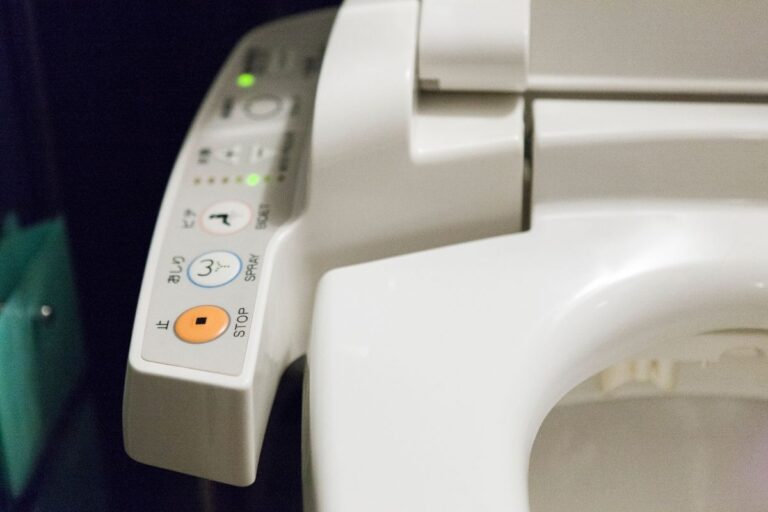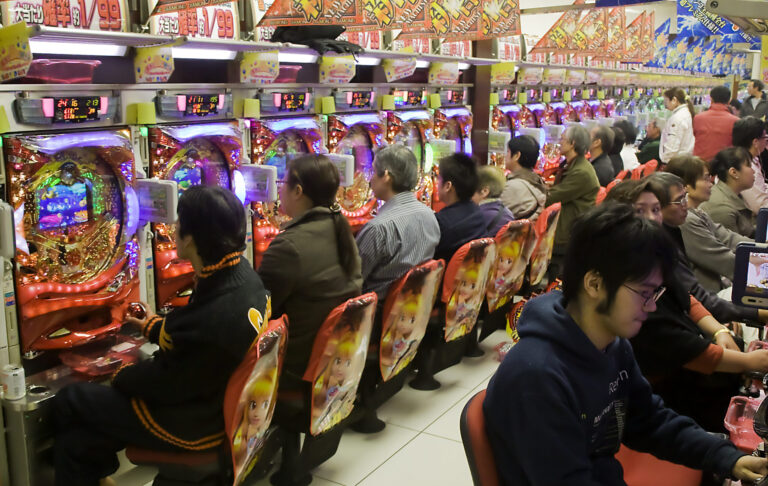After you’ve stated your name, you have the option of giving your occupation and nationality, but you don’t have to if you don’t think it’s appropriate. However, to exchange introductions politely, you must say one of two greeting phrases.
Occupation
To state your occupation, you must first know some vocabulary for common professions. However, this is by no means a complete list:
Middle school student = chuugakusei
High school student = koukousei
College student = daigakusei
Teacher = kyoushi
Professor = kyouju
Office worker = kaishain
Doctor = isha
Retail worker = tenin
Lawyer = bengoshi
Journalist = jaanarisuto
To state your occupation, after you state your name, you simply say:
OCCUPATION desu. = I’m a/an OCCUPATION.
In other words, college students would say:
Daigakusei desu. = I’m a college student.
Nationality
Assuming you’re a native English speaker in the West, here are the three primary nationalities you could be:
1. America = amerika -or- beikoku
American (person) = amerikajin
American (thing): amerika no
2. Canada = kanada
Canadian (person) = kanadajin
Canadian (thing): kanada no
3. Great Britain = igirisu -or- eikoku
British (person) = igirisujin
British (thing): igirisu no
There are two ways to state your nationality in your introduction. You can simply state, “I’m NATIONALITY” or you can combine it with your occupation to state, “I’m a/an NATIONALITY OCCUPATION.”
NATIONALITY desu. = I’m NATIONALITY
NATIONALITY no OCCUPATION desu. = I’m a NATIONALITY OCCUPATION.
In other words, an American college student could say:
Amerikajin desu. = I’m American.
Amerika no daigakusei desu. = I’m an American college student.
Greeting Phrase
After you have stated your name, occupation, and nationality (the latter two are optional), you should say one of two phrases:
1. Hajimemashite = Nice to meet you. (Literally “we meet for the first time.”)
2. Yoroshiku onegaishimasu = Please take care of me. (Literally “I ask that you be kind to me, please.”)
You use the first phrase with people whom you don’t expect to see much or people who won’t be living, working, or attending classes with you. For example, your host mother introduces her nephew. You can say, “Nice to meet you” to the nephew.
You use the second phrase with anyone with whom you will have a working relationship or who will be literally taking care of you. These include a host family, your work colleagues and boss, and your classmates and teachers. It is proper Japanese to humbly request that the person treats you kindly throughout your working relationship. These people will say the same to you.
Summary
Jane Doe, a Canadian office worker, introduces herself to the host family with whom she will be staying during her stay:
Konnichiwa. Jane Doe desu. Kanada no kaishain desu. Yoroshiku onegaishimasu.
Tom Taylor, a British traveler, introduces himself to a friend of a colleague in Japan:
Ohayou gozaimasu. Watashi no namae wa Tom Taylor desu. Iigirisujin desu.
Hajimemashite.
Don’t recognize the greeting expressions used before the introductions? Review Essential Vocabulary here.
No related posts.
Tags: japan, japanese culture, japanese language




